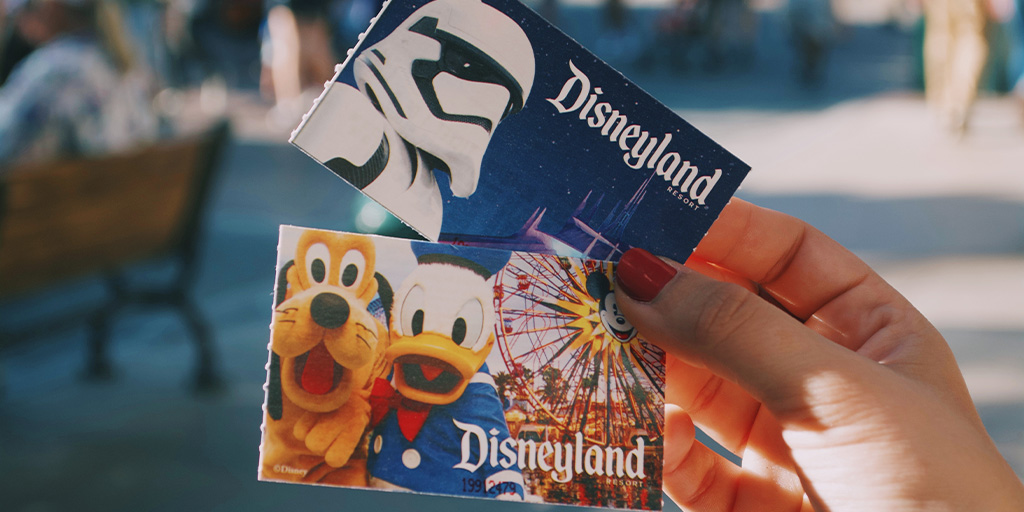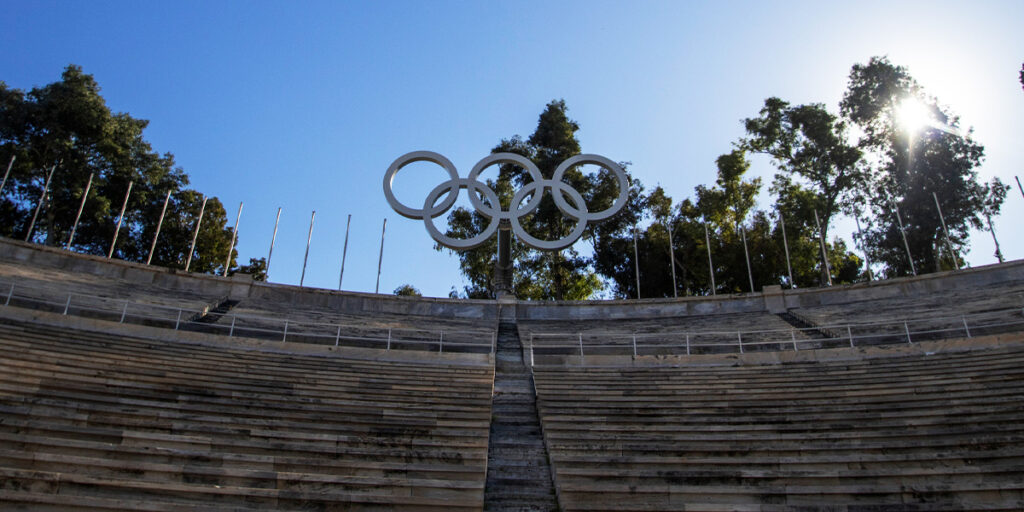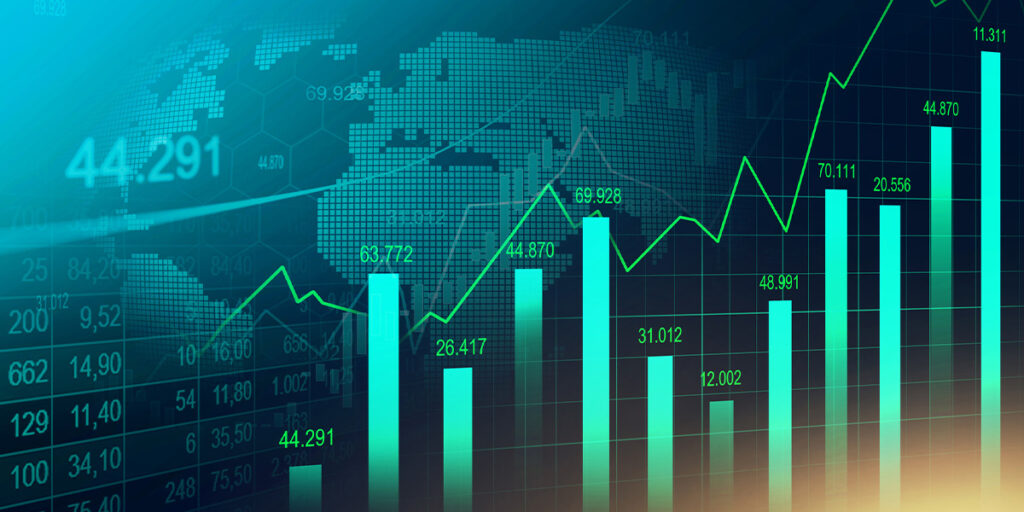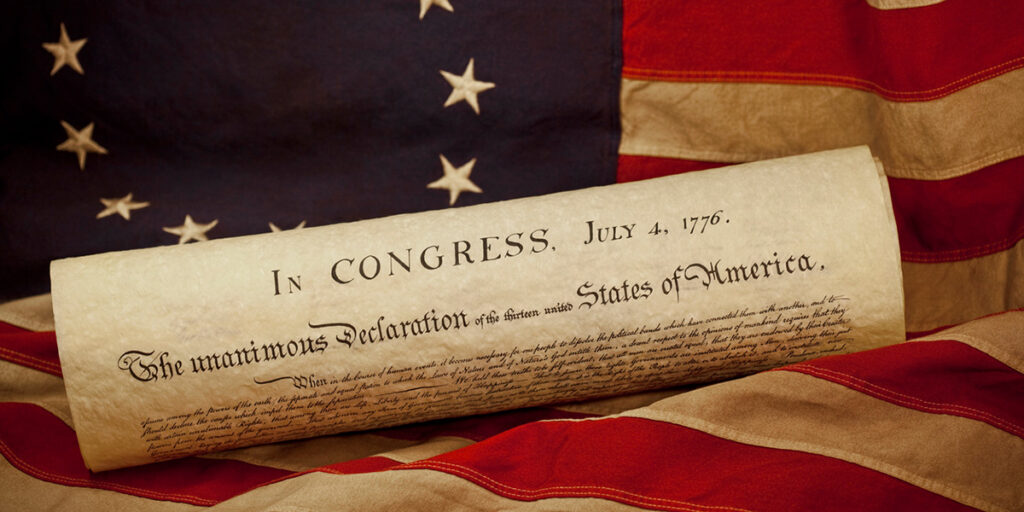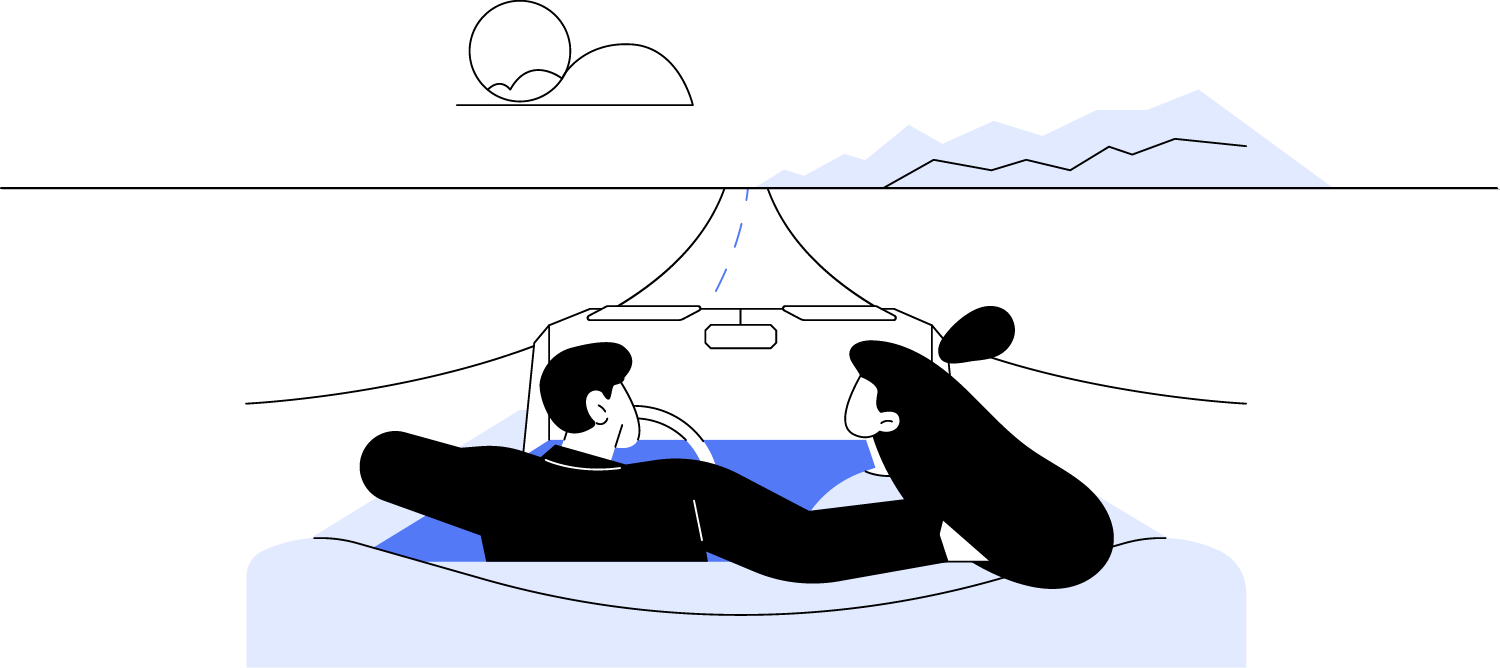The Stock Market has been in rally mode this Summer. The S&P just completed a 4-week win streak. That hadn’t happened all year until now. Wall Street saw a stampede of buyers this week as signs of cooling inflation sent stocks soaring. Prices have stopped going up. Inflation is heading back in the right direction. Both the CPI (Consumer Price Index) and PPI (Producer Price Index) reports were a huge relief because anything that keeps the Fed from doing more damage is deemed a positive for investors. This is a material positive which the Market is certainly celebrating. But prices are still high. They’re not going down everywhere. The Fed’s work is not done. After all, Fed Chair Powell said at the June meeting, “Core inflation is something we [on the Committee] think about because it is a better predictor of future inflation.” Core CPI was 5.9% in July, the same as June, so core inflation remains sticky.
The July CPI report surprised to the downside on both the headline and core measures. It fell from that 9% number in June to 8.5% in July. That is still high. But expectations were for +8.8%. The Market liked the surprise. The contraction in consumer prices was largely driven by falling fuel. The price at the pump declined 7.7% in July after an 11.2% jump in June. Gas prices fell below that $4 a gallon level, on average, around the country. That is the lowest since early March. The price of Oil was the driver there, as recent declines have been pricing in an economic recession ahead. Supplies are still really tight in the Oil Market, which poses a huge risk if Russia plans on playing more games. An Energy shock cannot be ruled out.
Keep in mind we’re still in the Summer driving season, where demand generally peaks. Higher prices at the pump had been cooling demand a bit. It seemed to have picked up again in August, before back-to-school sets in. Used cars, airline fares and a whole lot of apparel saw price drops too. Stuff is definitely on sale. The combination of too much inventory and slowing demand is an issue with retailers. Walmart broke that news a couple weeks ago. We’ll learn more next week when retail sales are reported.
Prices haven’t fallen everywhere. Grocery prices rose 13% in July from a year ago. That was the fastest pace of inflation since 1979. We’ve been referencing the 70s and 80s a lot of late. It’s been a while since we’ve seen inflation like this. The cost of eating out at restaurants has gone up too. You’ve no doubt noticed that. Shelter costs, meaning rents and housing, continued their ascent. They’ve increased 0.8% in a month and 5.7% over the year. Shelter accounts for one-third of the CPI weighting. The cost of living is a big issue for inflation.
As goes Disney, so goes the country. It’s a common phrase as the Walt Disney Company reaches audiences throughout the nation and around the globe. And they’re good at getting people to spend money. Disney is a strong barometer for the American Economy.
Disney magic returned in the Spring as pent-up demand to travel finally burst. Americans from coast-to-coast went to Disney in droves. The company hit record revenues at the theme parks, which leaped 70% from a year ago. Disney hotels were running at over 90% capacity for the entire quarter, and spending per person was 40% higher than this time in 2019. That’s pre-Covid. CEO Bob Chapek said this momentum has legs. People weren’t flinching at the high prices at the parks. Tickets cost over $100 these days. In fact, Disney World launches its Halloween theme tonight, and it’s already sold out at $139 per person. The threat of recession clearly isn’t scaring people to go to Orlando this weekend.
All the company’s parks are now open and most are operating at full capacity, which certainly was not the case a year ago. Shanghai Disney is a standout laggard, having been closed for every day but 3 in the quarter. China’s Zero Covid policy drove that. Disney cruises weren’t running at all a year ago and are just starting to recover. Despite the park attendance increases, Disney cruise ships and international visitors have some recovery ahead.
Disney is a contributor to inflation as the company raised prices for its streaming business, which continues to grow nicely. The company added another 14 Million users during the quarter, which was much higher than expected. The Walt Disney Company now has a total of 221 Million streaming subscribers across its platforms, which includes ESPN+ and Hulu. And here’s a milestone that Management was proud of: Disney now has more subscribers than Netflix. That said, the streaming business is still not profitable, and the company lowered expectations for further subscribers ahead after missing out on a Cricket broadcast package in India. Disney keeps spending to capture and secure its subscribers. It expects Disney+ to be profitable in 2024. Also of note, Management said advertising weakness has not been an issue for the company, yet. Advertising has been an issue elsewhere. It seems the Disney draw of record crowds keeps advertisers engaged despite the slowing economy.
Back to the Market: There’s been a great deal of activity below the surface. Bank of America’s Global Fund Manager Survey showed equity allocations were at the lowest in July since the Lehman collapse in 2008. The survey this week saw the biggest equity inflow since early June. There’s been a lot of scrambling and chasing over the Summer. In addition, Morgan Stanley said hedge funds have been covering their shorts at the most aggressive pace of the year. As a reminder, a short-position is when a trader makes a bet on Market declines. They borrow stock and sell it short with plans to buy it back at lower levels and keep the spread as profit. But if they’re wrong, they have to cover their short, which means they buy the stock back at higher prices. There’s been a mad dash of short-covering, which happens when the crowd tips the scale by being too negative. It’s how bottoms can be formed.
This has been some seriously swift Bull to Bear to Bull Market action this Summer. The Bull kicked the Bear in the teeth this week. The S&P was down 24% at the June lows. The Summer rally saw those losses more than cut in half, in just 7 weeks. The Market is known to overshoot; It happens in both directions. There’s been a lot of focus on the 4,231 level for the S&P. That represents a 50% retracement of the Bear Market decline in 2022. It seems like a logical place to take a breather and digest the big Summer move. The S&P closed above it Friday, with plenty of room to spare. The good news is history has shown that reaching that 50% retracement level meant the lows were in. It’s definitely encouraging, but certainly no guarantees. The bad news is, a retest of those lows has been fairly frequent. Hang tight for more volatility.
The biggest fundamental driver for this rally has been expectations of peak inflation; That the worst is behind us. It would allow the Fed to lighten up on its aggressive tightening campaign. Earnings Season is coming to a close. They’ve generally been better than expected. They were certainly better than feared. The fact is, this could be another powerful Bear Market bounce after some seriously oversold conditions. The run has quickly catapulted the Market into some fairly overbought conditions. A reason for concern is the fact that the Fed is showing no signs of ending its rate hike and quantitative tightening campaign. In fact, it’s about to increase the asset runoff from its balance sheet. The Fed stated it wants to see a series of evidence of lower prices for more certainty. There is no Fed meeting in August.
The Bond Market and the Fed disagree on the course for 2023. The Fed keeps talking up more rate hikes while the Bond Market prices in cuts next year. The Fed controls the front-end of the curve. The Market controls everything else. The Bond Market is known for forcing hands. It can intimidate anyone, as James Carville poignantly said. The yield curve remains inverted. Investors get paid more to lend for 2 years than they do 10 and even 30. That’s completely backwards. That’s a sign of disequilibrium and potential problems ahead. In fact, the spread between the 2-Year and the 10-Year Treasury yields is the widest since Paul Volcker was the Fed head in 1982. The Fed has made it clear for years that it likes to talk tougher than it has to act.
So where does that leave us? Well, things aren’t as bad as they appeared at the June lows. The problem is, that could change, and fast. This could be another fake out, the calm before a storm led by a faster economic slowdown with elevated prices forcing the Fed to keep hiking. That would be the hard landing that nobody wants. The Market is definitely not pricing in a hard landing. The path of least resistance has been higher since mid-June. There has been some serious traction behind the peak inflation narrative and investors have scrambled to participate. What’s called the “pain trade” is now higher. Those that were euphoric to start the year panicked in the Spring by selling low and now feel like they’re missing out. Sentiment has changed quite a bit of late. Optimism has been building. The Market is a master of messing with people’s minds. There’s nothing like price to change people’s attitudes. There seems to be a new bout of complacency back in the Market. Not here. We’re still on guard. Patience is required to be an investor. It sure can be hard to be patient. Patience we’ve got.
Have a nice weekend. We’ll be back, dark and early on Monday.
Mike

